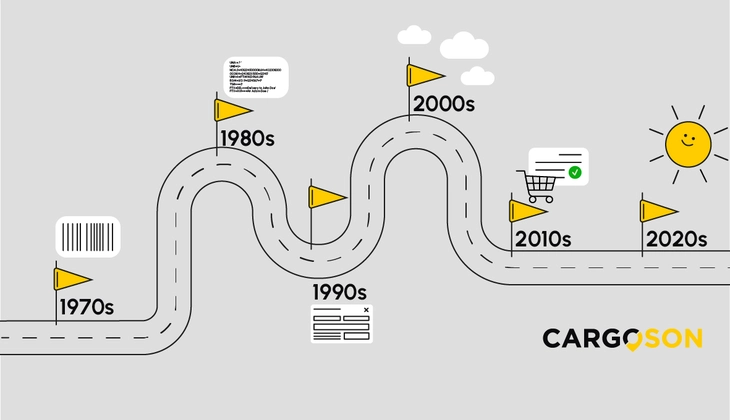Spot freight is a term that often pops up in the shipping and logistics industry, but what exactly does it mean? Let's shed some light on this term and its importance in freight management.
Spot Freight Definition
Spot freight refers to a shipment or load that's transported on a one-time basis, not under any long-term contract or recurring schedule. It gets its name because these shipments are usually "on the spot" or ad-hoc. Essentially, if you have a shipment that isn't part of your regular freight routine, that's spot freight.
Spot Market
Here's where the "spot market" comes into play. The spot market is where immediate or short-term transportation needs are negotiated and agreed upon. The spot rates here are driven by immediate supply and demand factors, which means the prices can fluctuate more frequently than contract freight rates set under long-term agreements.
Spot Freight: The Pros and Cons
So, why might a business opt for spot-buy freight? There are several potential benefits to using this approach.
Unexpected shipping needs
First, it can provide a solution for unexpected shipping needs. Maybe your business just landed a big, unexpected order, or perhaps there's been a sudden surge in demand. Or, it could be the case of one-off project freight that requires unique logistics solutions. In these situations, spot freight can be a lifesaver, helping you fulfill orders quickly and efficiently.
Contract rates vs spot rates: price fluctuations
Second, spot rates can also present cost-saving opportunities. As market conditions fluctuate, spot freight rates and freight volumes adjust accordingly. When demand is low, and carrier availability is high, freight costs are often reduced and you might secure a better rate on the spot market compared to contract rates.
However, the spot rate market does come with its uncertainties. As transport prices on the spot market fluctuate with supply and demand, there's the risk of spot market rates being higher than usual during peak seasons or in situations where carrier availability is low.
However, the spot rate market does come with its uncertainties. As transport prices on the spot market fluctuate with supply and demand, there's the risk of spot market rates being higher than usual during peak seasons or in situations where carrier availability is low.
Relationships with freight forwarders
Since working only with spot freight rates doesn't involve a long-term relationship with carriers, service quality might vary. This can potentially impact aspects such as transit times and cargo safety when compared to pre-negotiated or tendered freight contract rates.
In summary, spot freight is a flexible option for shipping goods, playing a pivotal role in the supply chain, particularly for unexpected or non-routine freight needs. While it offers the potential to secure competitive rates and flexibility, it also comes with its share of uncertainties and risks.
In summary, spot freight is a flexible option for shipping goods, playing a pivotal role in the supply chain, particularly for unexpected or non-routine freight needs. While it offers the potential to secure competitive rates and flexibility, it also comes with its share of uncertainties and risks.
Modern Solutions for Spot Freight Management
Understanding spot freight is only the beginning. Managing it effectively is the next step. Modern solutions like multi-carrier transport management systems (TMS), such as Cargoson, can streamline your spot load management process.
These platforms allow businesses to send and receive spot price requests from all their usual carriers in one central place. No more endless email threads or phone calls—everything is managed efficiently in one unified system. For more information, check out our blog post on 8 everyday transport management tasks you can automate.
Not only does this save you time and effort, but it also promotes transparency, allowing you to compare rates quickly and choose the most cost-effective option for your spot freight needs.
In conclusion, spot freight offers flexibility and potential cost benefits for non-routine freight needs. With a solid understanding of spot freight and a modern TMS at your side, managing these ad-hoc shipments can become a significantly simpler and more efficient process.
These platforms allow businesses to send and receive spot price requests from all their usual carriers in one central place. No more endless email threads or phone calls—everything is managed efficiently in one unified system. For more information, check out our blog post on 8 everyday transport management tasks you can automate.
Not only does this save you time and effort, but it also promotes transparency, allowing you to compare rates quickly and choose the most cost-effective option for your spot freight needs.
In conclusion, spot freight offers flexibility and potential cost benefits for non-routine freight needs. With a solid understanding of spot freight and a modern TMS at your side, managing these ad-hoc shipments can become a significantly simpler and more efficient process.






